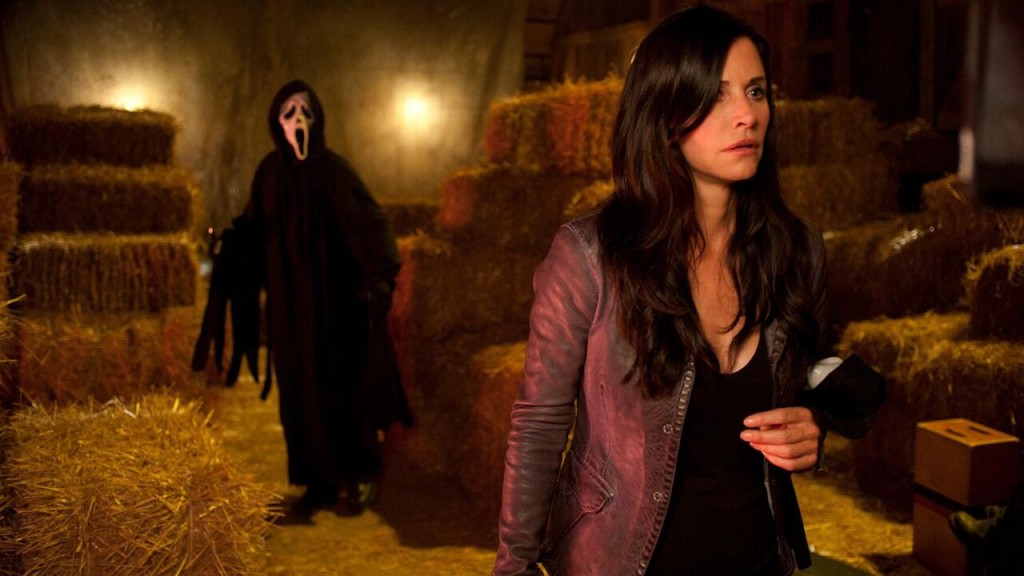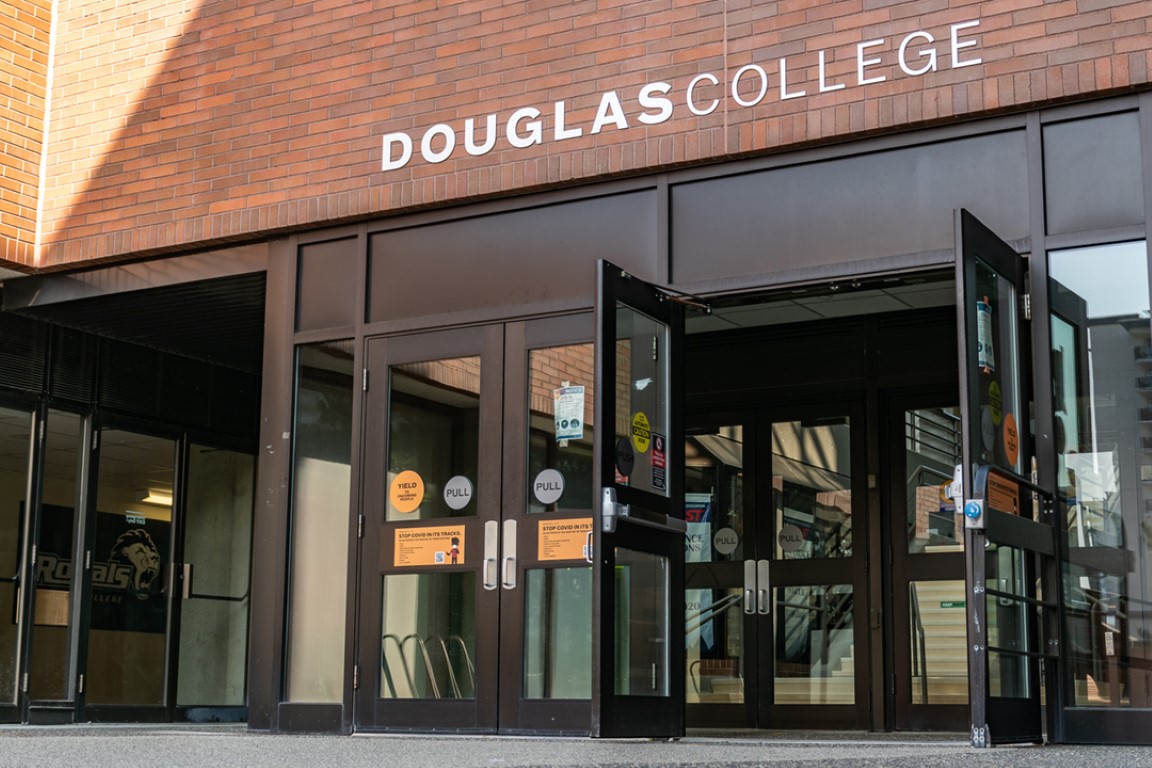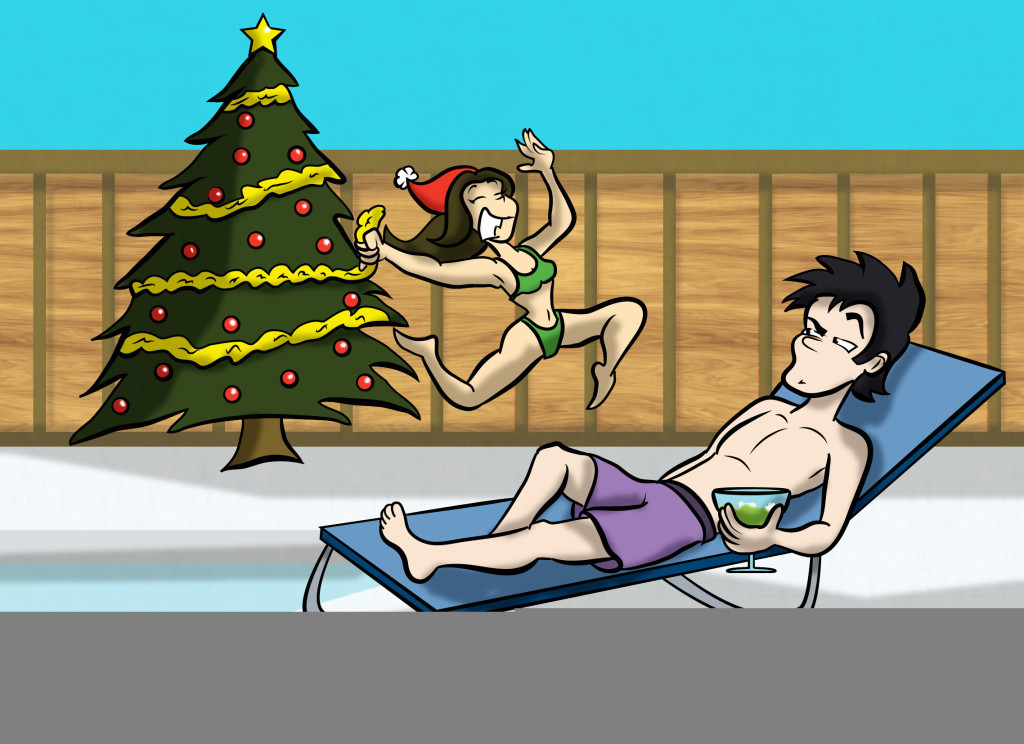
From victims to heroines
By Colten Kamlade, Staff Reporter
A lone girl runs through a desolate forest, her clothes torn and her hair in disarray. She trips and falls, looking behind her she lets out a dramatic scream.
It’s a trope we are all familiar with: The final girl, the last one to survive the murderous rampage. From Black Christmas (1974) to Split (2016), the plot device has survived decades of use. Another common role for women in horror is the Blonde. Usually she is the first to die, often drinking and partying her way into the arms of the killer. Lynda Van der Klok from Halloween (1978) is a perfect example of this trope—she drinks, she smokes, and she has sex. Tatum Riley is a similar character from Scream (1996).
These two types of characters are the most common roles for actresses in horror. There is a wide range of variation within these categories, but most female characters can be placed into one or the other. Now, it seems common knowledge that horror is a genre that does nothing but exploit women, using them as eye-candy or as helpless victims. There is some truth to this notion. The ’70s and ’80s were the worst for limiting the type of characters women could play, but I want to suggest that the role of women in horror has changed over time and become more positive.
Firstly, the blonde stereotype has a male counterpart that is just as worn out. We’ll call him “the partier.” In The Evil Dead (1981), Scotty, Ash’s friend, is the airhead. Scott, the sex-crazed troublemaker from Friday the 13th: Part 2 (1981), also plays this role. In fact, any film that features the blonde stereotype generally features a ditzy male character who acts as their sexual interest. Considering this, I think it is unfair to claim that horror portrays women as unintelligent. There are a lot of stupid people in horror films; some of them just happen to be women.
Secondly, while female leads in slashers like The Texas Chain Saw Massacre (1974) seem like nothing more than fodder for the killer, recent horror films like The Witch (2015) and The Babadook (2014) have deep character development. Films like Ginger Snaps (2000) have even been called feminist in nature. The Descent (2005) has an all-female cast, a rarity for big budget films. I’m not just picking and choosing here, either. A study by Google found that the only genre that men did not get more screen time than women in was horror. Considering that many of these lead roles have become positive, I believe horror has gained an unfair reputation for being a misogynistic genre.



